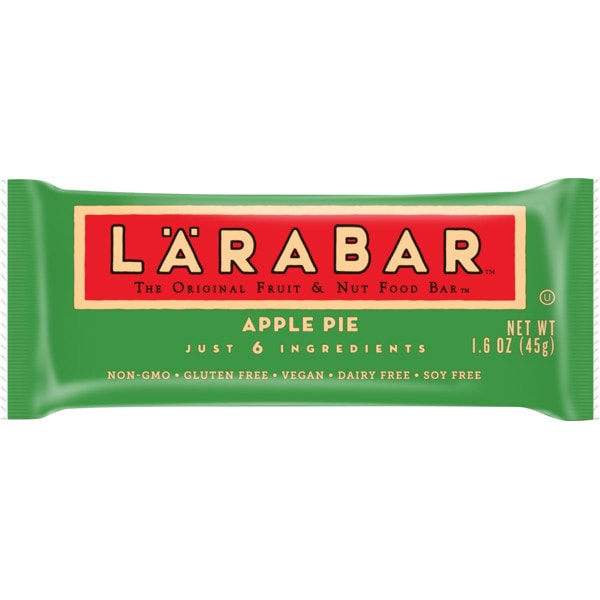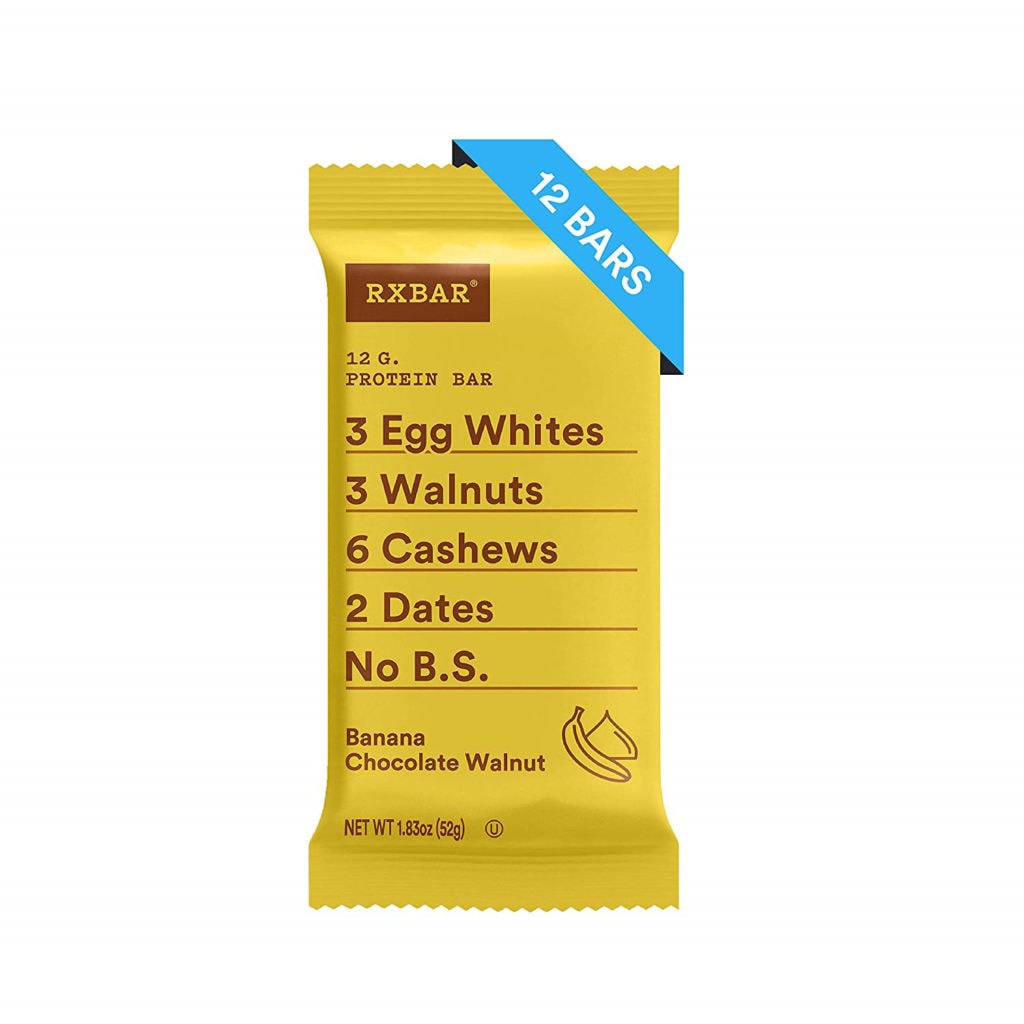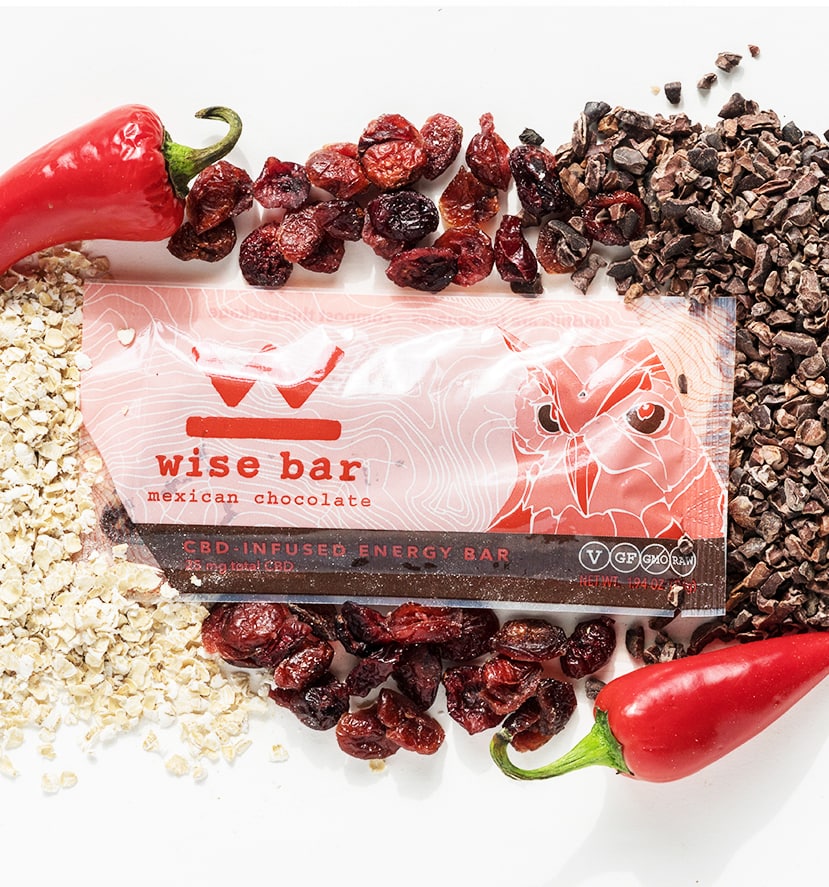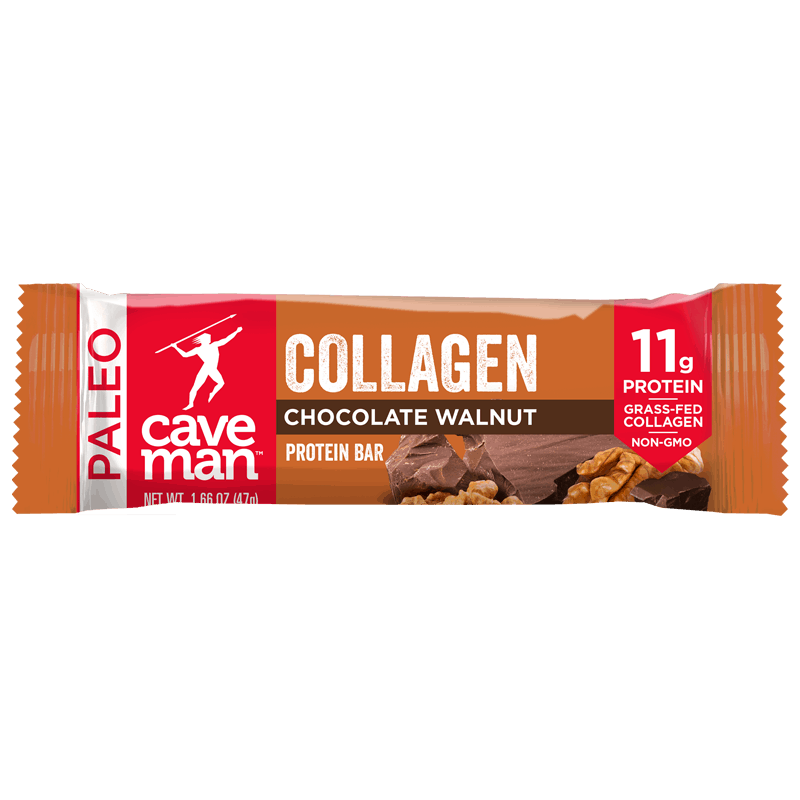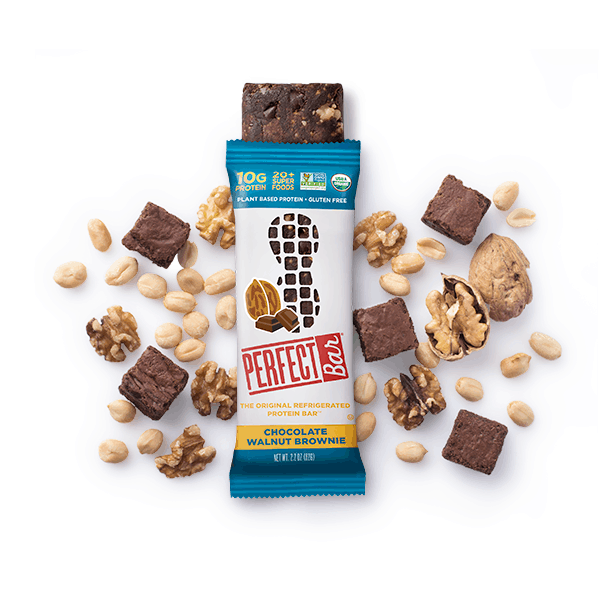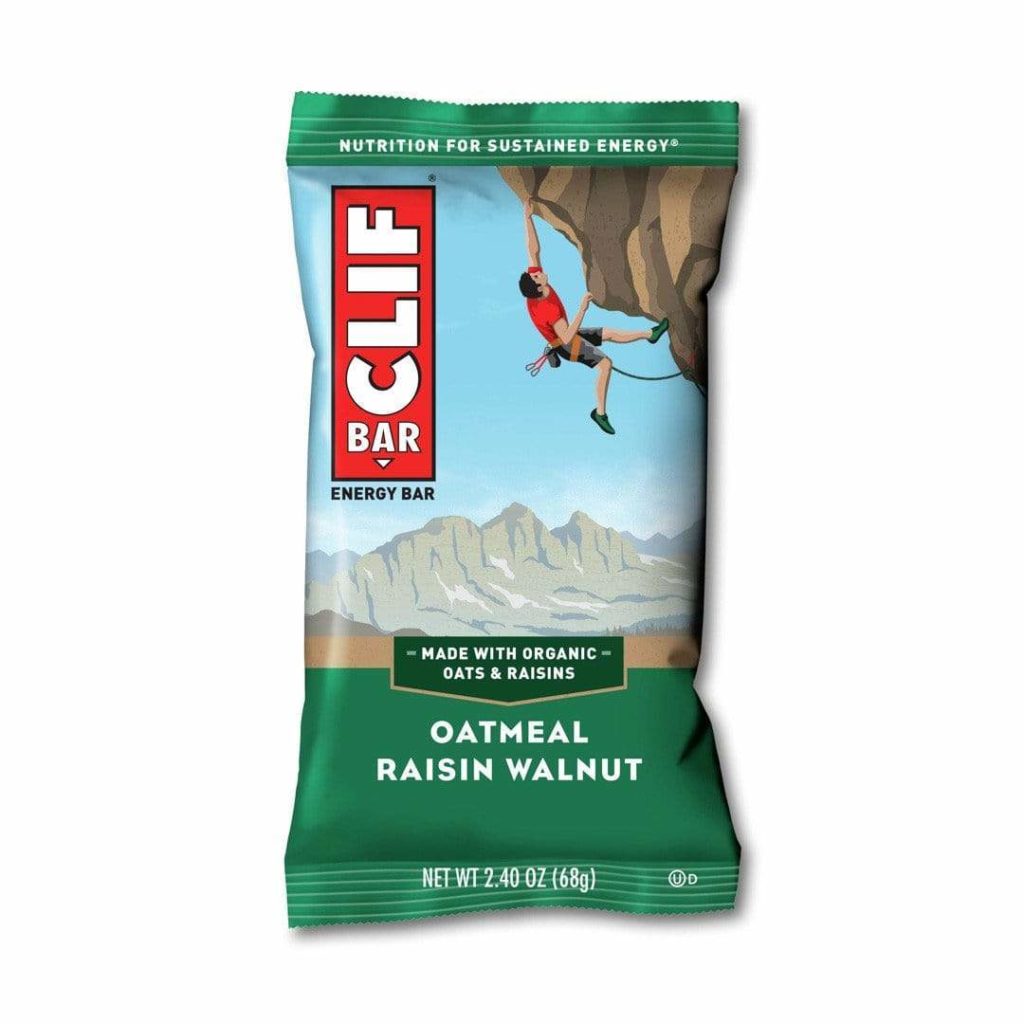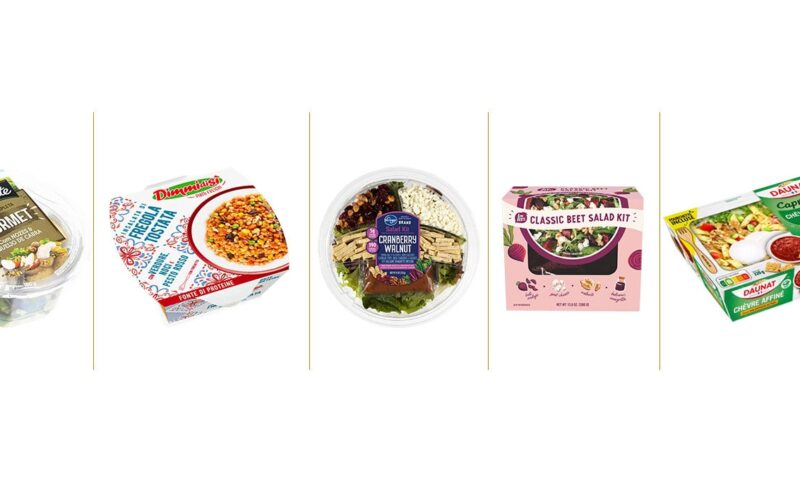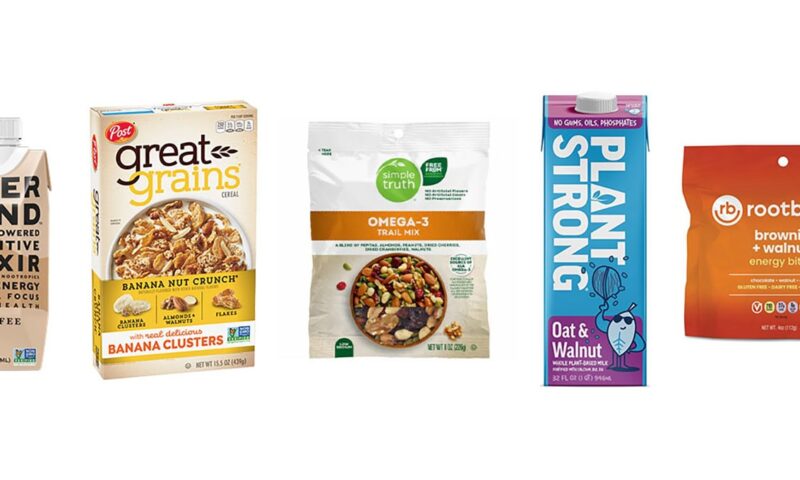The food bar category continues to show impressive growth, especially when you look at specific segments, such as breakfast/cereal and health/nutrition. In these segments, consumers are looking for a convenient meal replacement that they can eat at home, in their car or on the go.
They also are looking for these bars to deliver nutritional functions without sacrificing taste. Like with most food products, consumers want it all! However, with the bar category, manufacturers can actually deliver by using whole food ingredients to boost their products’ taste and nutritional profile.
In recent years, we’ve seen significant growth in bars made with walnuts because they tick off all of a product developer’s boxes, including taste, texture, and health properties. From a flavor perspective, walnuts carry a unique and subtle nutty flavor profile that complements chocolate, vanilla, fruit and more. You can use walnuts to make a sweet bar more savory or savory bar more sweet.
Walnuts also have the perfect bite, being neither too hard nor too soft. This is key in nut-dense bars that also require a binder to keep all of the ingredients together. A hard or overly chewy bar will turn off customers even if the flavor is perfect. Walnuts deliver the flavor and texture to make any bar a winner.
Still Growing…A Look at Food Bar Sales
From category mainstays to a constant flood of new product introductions, the bar category has seen incredible growth. Here are the stats to back it up.
- Global Snack Bar Market (cereal bars, energy bars and other snack bars) is forecasted to reach $20.4 billion by 2024, a compounded annual growth rate (CAGR) of 5.4% during the forecasted period (2019-2024) – Mordor Intelligence
- The Protein Bar Market is expected to register a CAGR of 4.23% during the forecasted period of 2019-2024 – Mordor Intelligence
- Retail sales of cereal and granola bars in the U.S. were expected to reach $3.39 billion by the end of 2019 – Statista
Category Trends & Walnuts’ Potential
Countless statistics show that consumers are heading in droves to the snack and food bar categories to satisfy cravings or find a meal replacement for on-the-go eating. When used in bars, walnuts provide nutritional value, satisfy cravings and provide flavors that consumers are demanding.
Walnuts offer a core ingredient for bar manufacturers to build new products around. With whole food nutrition as one of the prevailing trends in the bar category, we are seeing many nut-dense bars hit store shelves. This has especially been the case for walnuts, as they add texture, flavor and alpha-linolenic acid (ALA), the plant-based omega-3 fatty acid. Here are the top three trends driving the bar category.
- Consumer Cravings for Nutritional Value: Many bars capitalize on consumer cravings for nutritional benefits. In these products, manufacturers often are using nut butters, such as walnut butter, to boost protein content and enhance texture. In the case of walnut-based food bars, they are part of a larger trend toward functional bars, which are designated by their marketing toward a specific diet or functional benefit. For example, bar manufacturers can use walnuts to create a plant-based product containing omega-3s. With 2.5 grams of omega-3 ALA per ounce, walnuts are a significant source of this good fat.
- Walnuts Provide a Flavor Boost: In a 2019 consumer survey, taste was cited as the No. 1 reason for consuming walnuts. More important for product developers, walnuts help improve flavor in both sweet and savory applications.
- Healthful Indulgence: Take a look at the bar category next time you’re in the supermarket. You’ll see countless flavor varieties that look more like a dessert case. Chocolate walnut brownie, carrot cake and banana bread are all bar flavors meant to offer indulgence with real ingredients and nutritious properties. Many of these bars use walnuts because consumers view the ingredient as both tasting great and having nutritious benefits.
Walnuts: What’s Next in the Food Bar Category?
New food bar products can balance the appeal of both nutrition and indulgence by formulating with walnuts. 90% of consumers recognize walnuts as a nutritious food, 78% said the health benefits positively impacted their purchase decision. With an ingredient like walnuts, product developers don’t have to choose between nutrition and indulgence, they can have both!
In the food bar category, product development will continue to focus on whole food nutrition using ingredients such as walnuts. We also are expecting to see more savory bars hit store shelves as the category expands beyond its traditional morning or snacking eating occasion.
Try These Made with Walnut Bars
The products are proof of the value and success of walnuts in the food bar category.
Apple Pie by Larabar
Only 200 calories, this Apple Pie bar is spiced with cinnamon and raisins, complete with walnuts for a nutty finish. Walnuts are an added benefit to Apple Pie, transforming an American classic indulgent dessert into a more nutritious version of itself.
Banana Chocolate Walnut by RXBAR
Love banana bread? Get that same great taste in this protein bar, packed with crunchy walnuts, chocolate chips and egg whites for added protein.
Mexican Chocolate by Wise Bar
Wise Bar’s unique packaging, which is 100% compostable, houses this bar comprised of cayenne pepper, apple juice sweetened dried cranberries, pure cacao nibs and, of course, walnuts. The line of CBD-infused energy bars is made with organic ingredients.
Chocolate Walnut Collagen Bars by Caveman
A perfect example of indulgence mixed with nutritious value, this Chocolate Walnut Collagen Bar contains five grams of grass-fed collagen, walnuts, 11 grams of protein, and supports skin, tissue and muscle health.
Chocolate Walnut Brownie by Perfect Bar
Brownie’s are traditionally indulgent, but this plant-based bar is made of crunchy walnut pieces, organic dates and peanut butter, and organic fair trade dark chocolate chips. With 20 superfoods in this bar, Perfect Bar has created this treat that provides whole foods nutrition without the guilt.

